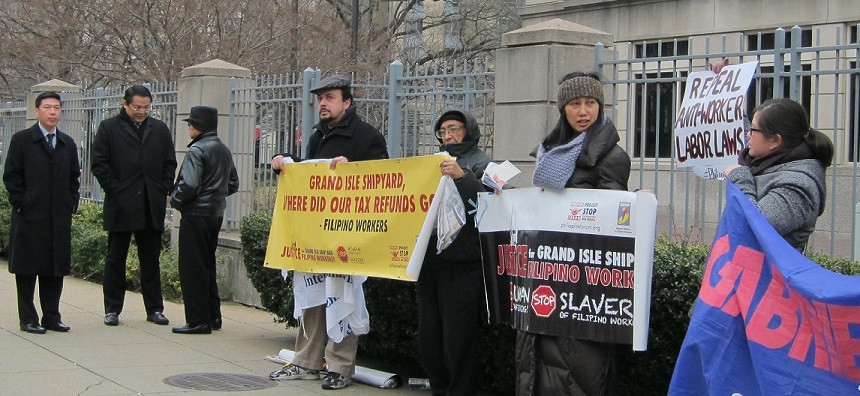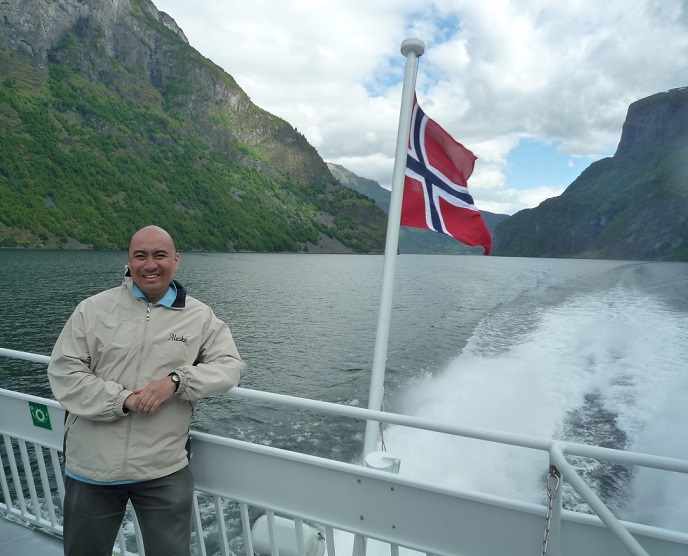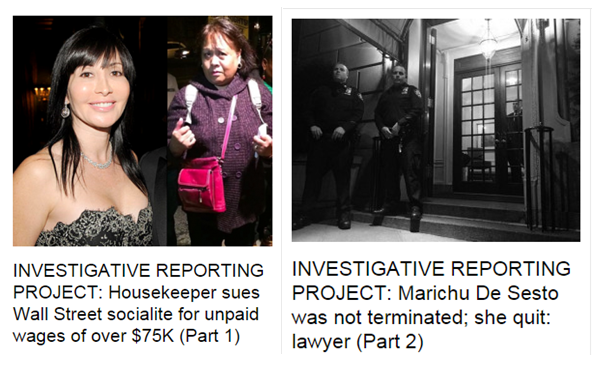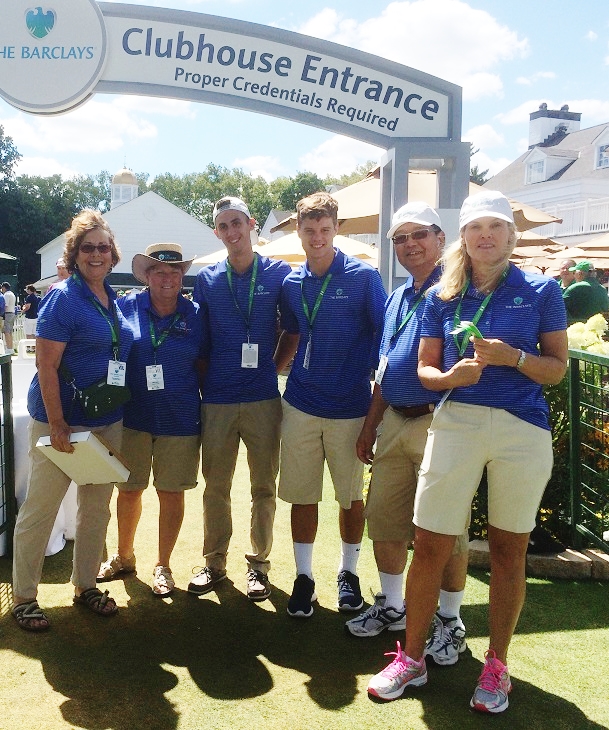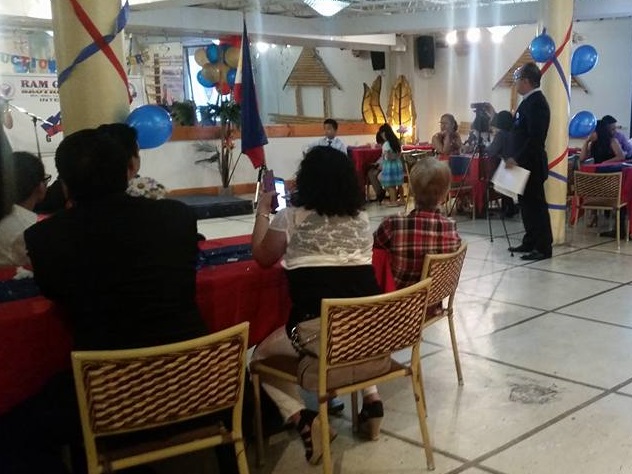Unveiling of Louisiana marker commemorating the 1st Filipino settlement on Nov 9
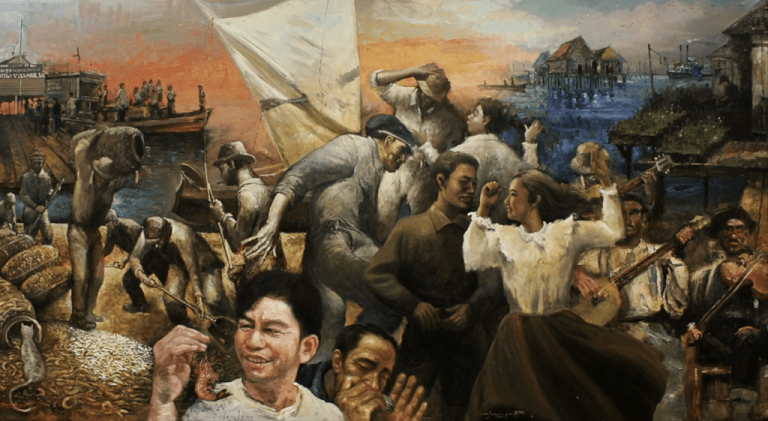
To commemorate the first permanent Filipino settlement in the United States, the Philippine-Louisiana Historical Society will host the unveiling of a historical marker for St. Malo on November 9, 2019.
The St. Malo Marker will be the second Louisiana Historical Marker to be placed in the state under the sponsorship of the Philippine-Louisiana Historical Society (PLHS). The first marker was unveiled in 2012 and commemorates Manila Village, a stilted area central to the shrimp drying industry in Louisiana. Located in front of the courthouse in the Town of Jean Lafitte, the Manila Village Marker describes Filipino life in the region after the migration of the first settlers. The establishment of the St. Malo Marker keeps with the mission of the PLHS to share the history of Filipinos in the Bayou State.
“These two markers help us inform the public about our history,” said Dr. Randy Gonzales, co-vice-president of the PLHS. “We want the histories of the communities of St. Malo and Manila Village to be integrated into the Louisiana story everyone knows. The next generation shouldn’t be surprised when they learn there was a Filipino fishing village in St. Bernard Parish.”
The historical marker to be unveiled November 9th highlights the significance of St. Malo to Louisiana and Filipino American history. Although the exact date the village was established is not completely certain, accounts from early settlers relate that in the 1830s Filipino seamen, or Manilamen, were living in palmetto frond huts along Bayou St. Malo. By the 1860s, St. Malo was the largest fishing village on Lake Borgne, serving as an outpost for boats fishing further down the coast.
St. Malo was a prosperous community of over 150 Filipino fishermen who lived in large cypress buildings constructed over the wetlands. The location provided easy access to prime fishing grounds, but it also made the village susceptible to storms. Despite being abandoned early in the 20th century, the village remains significant, representing the many forgotten settlements that helped shape Louisiana history and culture and a first chapter in the story of Filipino migration to the United States.
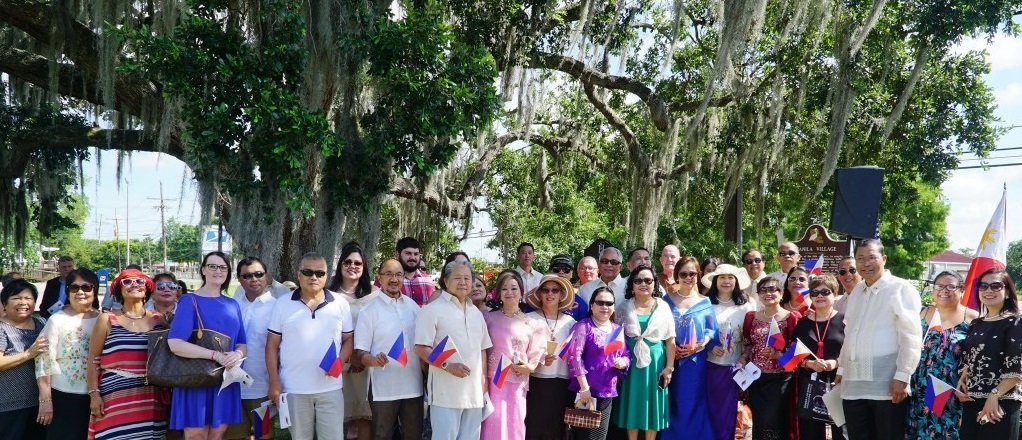
The St. Malo marker will be placed at the Los Isleños Museum Complex at 1345 Bayou Road, St. Bernard, LA. The marker aligns with the Los Isleños Heritage and Cultural Society’s mission to recognize the varied histories and cultures that helped shape the area.
“To understand the history of St. Bernard Parish, you have to know about the Filipinos that first settled here. They are part of our cultural identity,” said William Hyland, St. Bernard Parish historian and director of the Los Isleños Museum Complex. “Filipinos lived alongside Isleños for many generations. They intermarried and influenced each other.”
The marker unveiling program will begin at 10:30 a.m., and is expected to include government officials from the Philippines, the State of Louisiana, and St. Bernard Parish, and feature cultural performances and historical accounts and displays prepared by the PLHS and the local Filipino American community organizations. The program is free and open to the public. Refreshments will be provided.
An evening gala will take place at 6 p.m. at the Historic Beauregard Courthouse at 1201 Bayou Road. The formal gala event will feature Filipino food and folk dances and requires tickets of $40 be purchased in advance.
Purchase gala tickets online at https://filipinola.com/gala/. For more information about the St. Malo Marker unveiling, contact Honorary Philippine Consul Robert Romero at philhoncon.la@gmail.com or call 504-533-9822.





